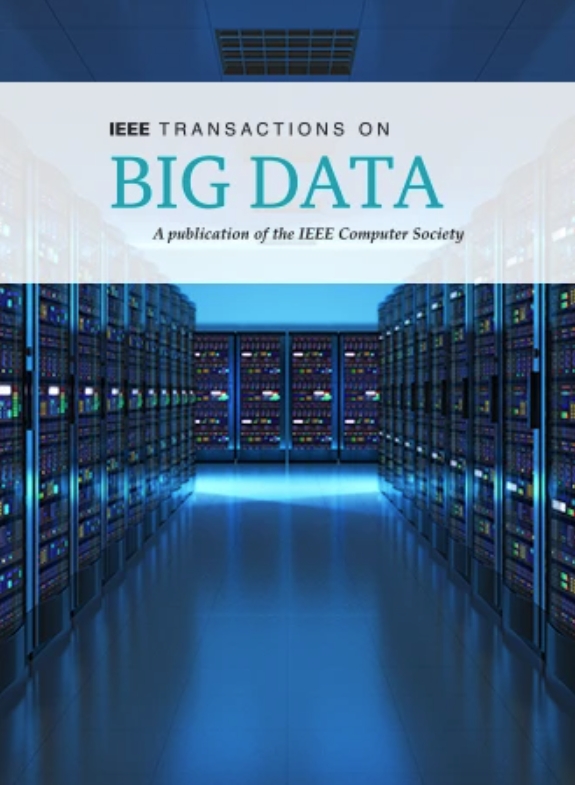模型不可知方法:利用逐像素时空指纹暴露深度造假
IF 5.7
3区 计算机科学
Q1 COMPUTER SCIENCE, INFORMATION SYSTEMS
引用次数: 0
摘要
深度造假对司法证据的可靠性和知识产权保护构成严重威胁。现有的检测方法要么盲目利用深度学习,要么利用生物信号特征,但都没有考虑人脸特征的时空相关性。这些方法越来越无法抵抗假视频日益增长的真实感,缺乏泛化。在本文中,我们通过AR系数的一致性来识别可靠的指纹,并将原始的PPG信号扩展到三维指纹中,以有效地检测虚假内容。利用这些可靠的指纹,我们提出了一种新的模型不可知方法,通过分析隐藏在人像视频中的时空微弱合成信号来暴露Deepfake。具体来说,我们的方法提取了两种类型的微弱信息,即PPG特征和AR特征,分别作为时间和空间域取证的基础。PPG允许远程估计面部视频中的心率,不规则的心率波动暴露了篡改的痕迹。AR系数反映了伪人脸生成过程中上采样产生的逐像素相关性和平滑的空间痕迹。此外,我们使用两个基于acblock的densenet作为分类器。我们的方法在多个深度伪造数据集上提供了最先进的性能,并展示了更好的泛化。本文章由计算机程序翻译,如有差异,请以英文原文为准。
Model-Agnostic Method: Exposing Deepfake Using Pixel-Wise Spatial and Temporal Fingerprints
Deepfake poses a serious threat to the reliability of judicial evidence and intellectual property protection. Existing detection methods either blindly utilize deep learning or use biosignal features, but neither considers spatial and temporal relevance of face features. These methods are increasingly unable to resist the growing realism of fake videos and lack generalization. In this paper, we identify a reliable fingerprint through the consistency of AR coefficients and extend the original PPG signal to 3-dimensional fingerprints to effectively detect fake content. Using these reliable fingerprints, we propose a novel model-agnostic method to expose Deepfake by analyzing temporal and spatial faint synthetic signals hidden in portrait videos. Specifically, our method extracts two types of faint information, i.e., PPG features and AR features, which are used as the basis for forensics in temporal and spatial domains, respectively. PPG allows remote estimation of the heart rate in face videos, and irregular heart rate fluctuations expose traces of tampering. AR coefficients reflect pixel-wise correlation and spatial traces of smoothing caused by up-sampling in the process of generating fake faces. Furthermore, we employ two ACBlock-based DenseNets as classifiers. Our method provides state-of-the-art performance on multiple deep forgery datasets and demonstrates better generalization.
求助全文
通过发布文献求助,成功后即可免费获取论文全文。
去求助
来源期刊

IEEE Transactions on Big Data
Multiple-
CiteScore
11.80
自引率
2.80%
发文量
114
期刊介绍:
The IEEE Transactions on Big Data publishes peer-reviewed articles focusing on big data. These articles present innovative research ideas and application results across disciplines, including novel theories, algorithms, and applications. Research areas cover a wide range, such as big data analytics, visualization, curation, management, semantics, infrastructure, standards, performance analysis, intelligence extraction, scientific discovery, security, privacy, and legal issues specific to big data. The journal also prioritizes applications of big data in fields generating massive datasets.
 求助内容:
求助内容: 应助结果提醒方式:
应助结果提醒方式:


